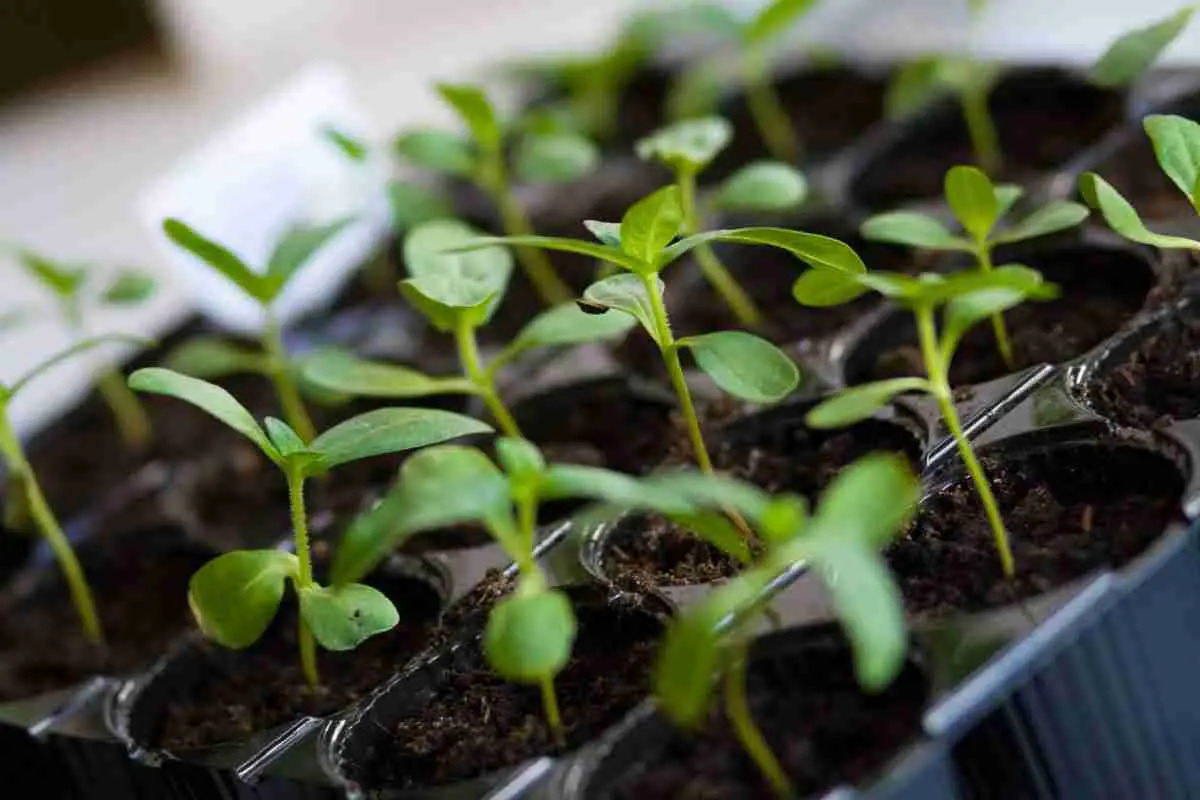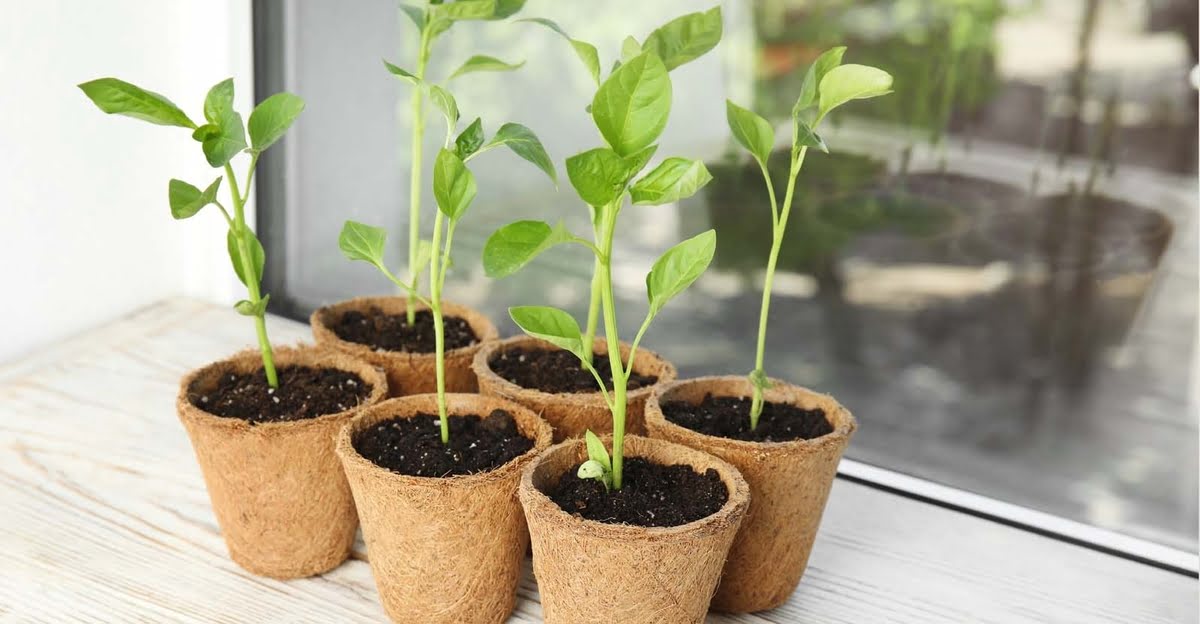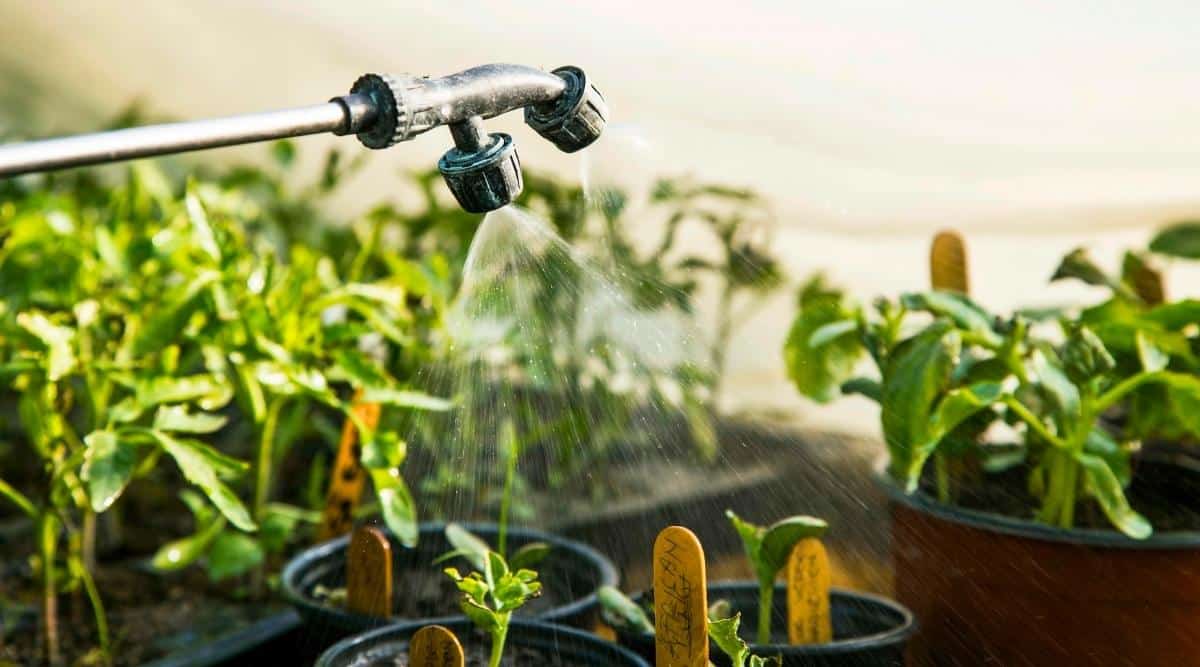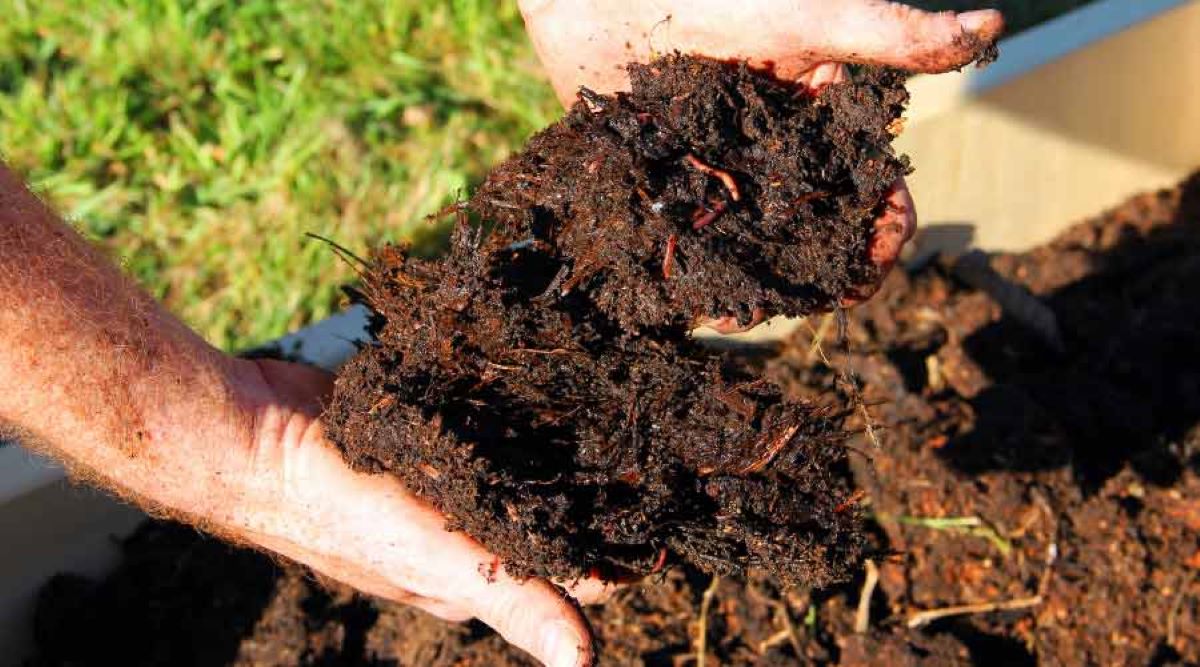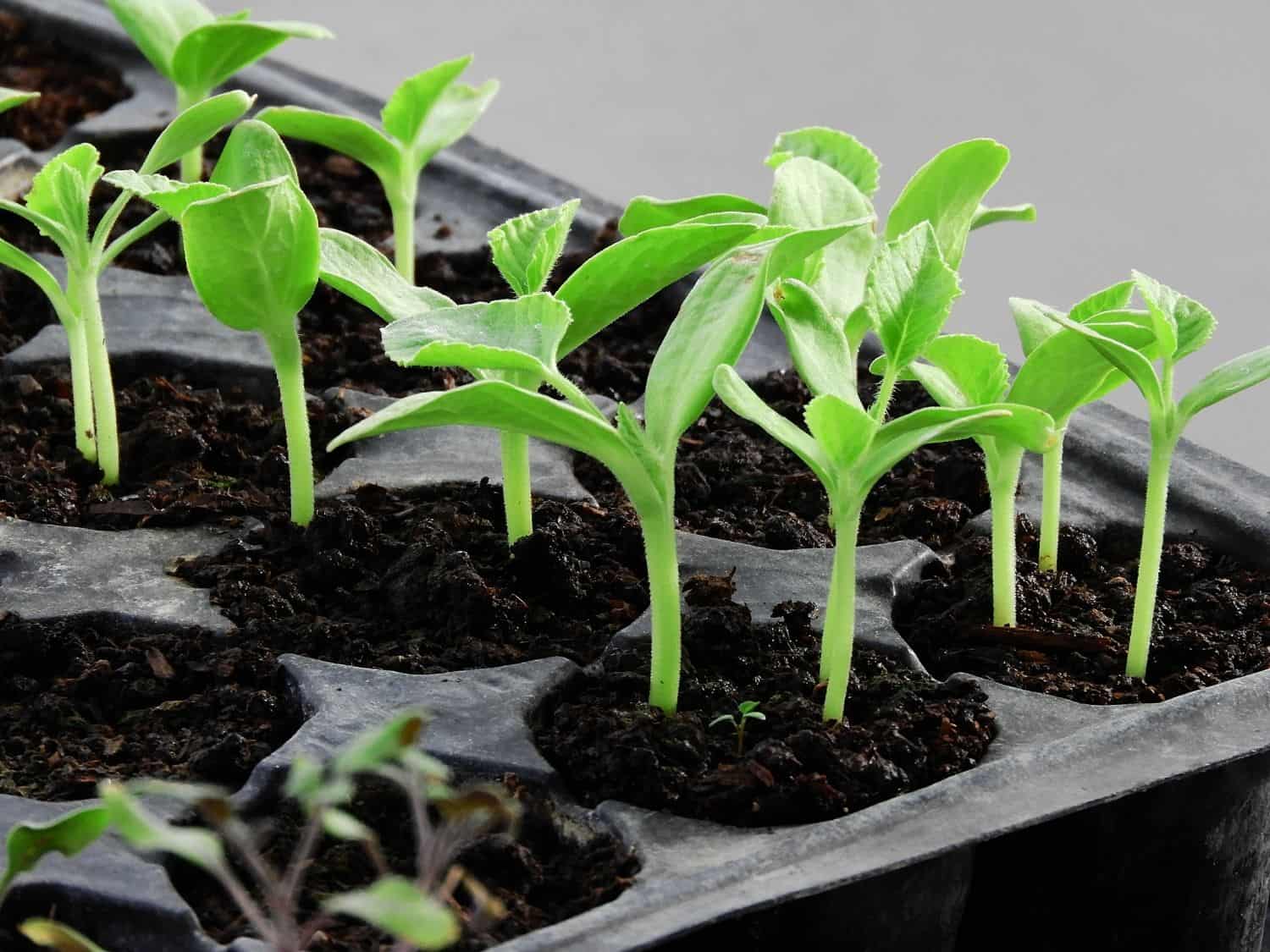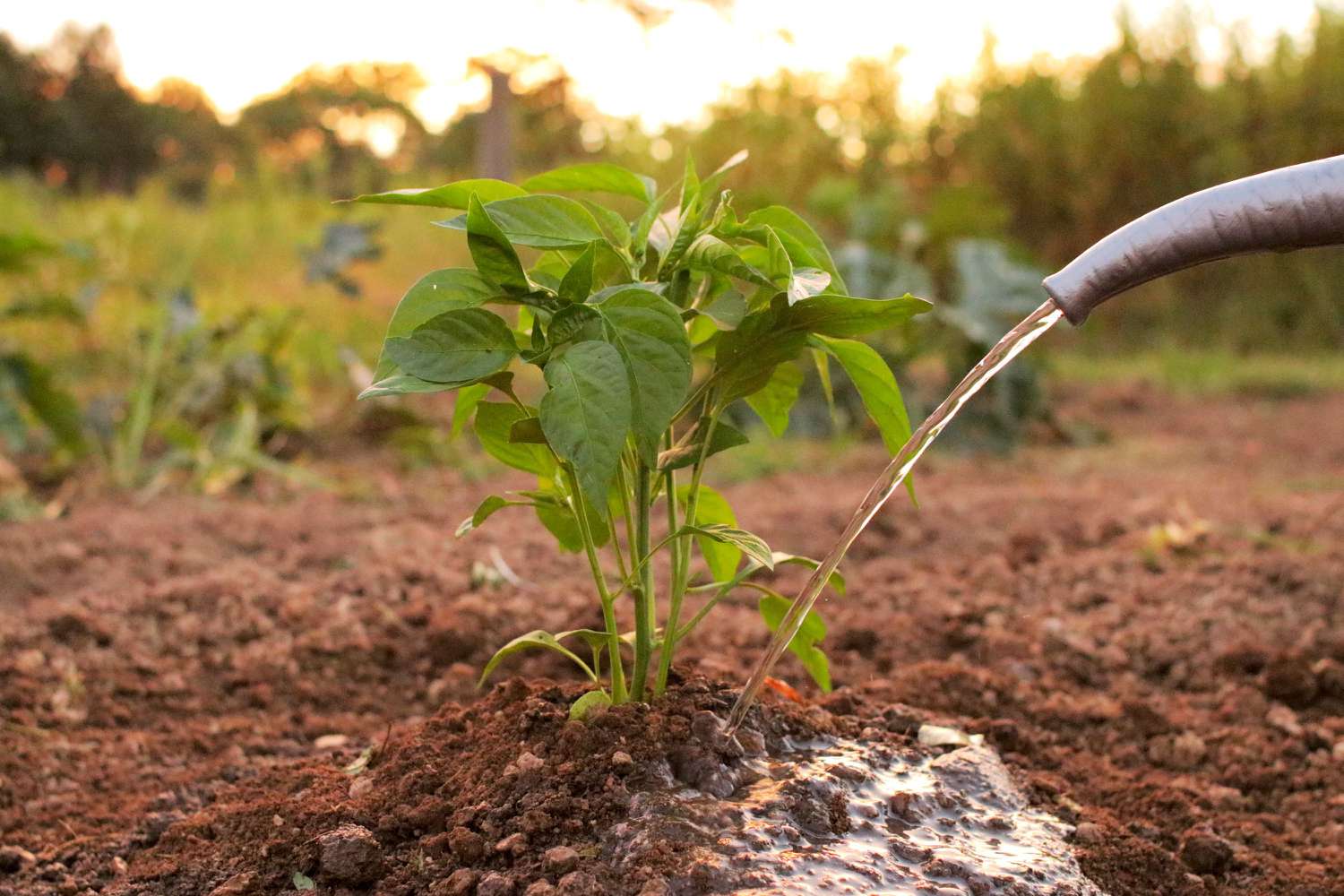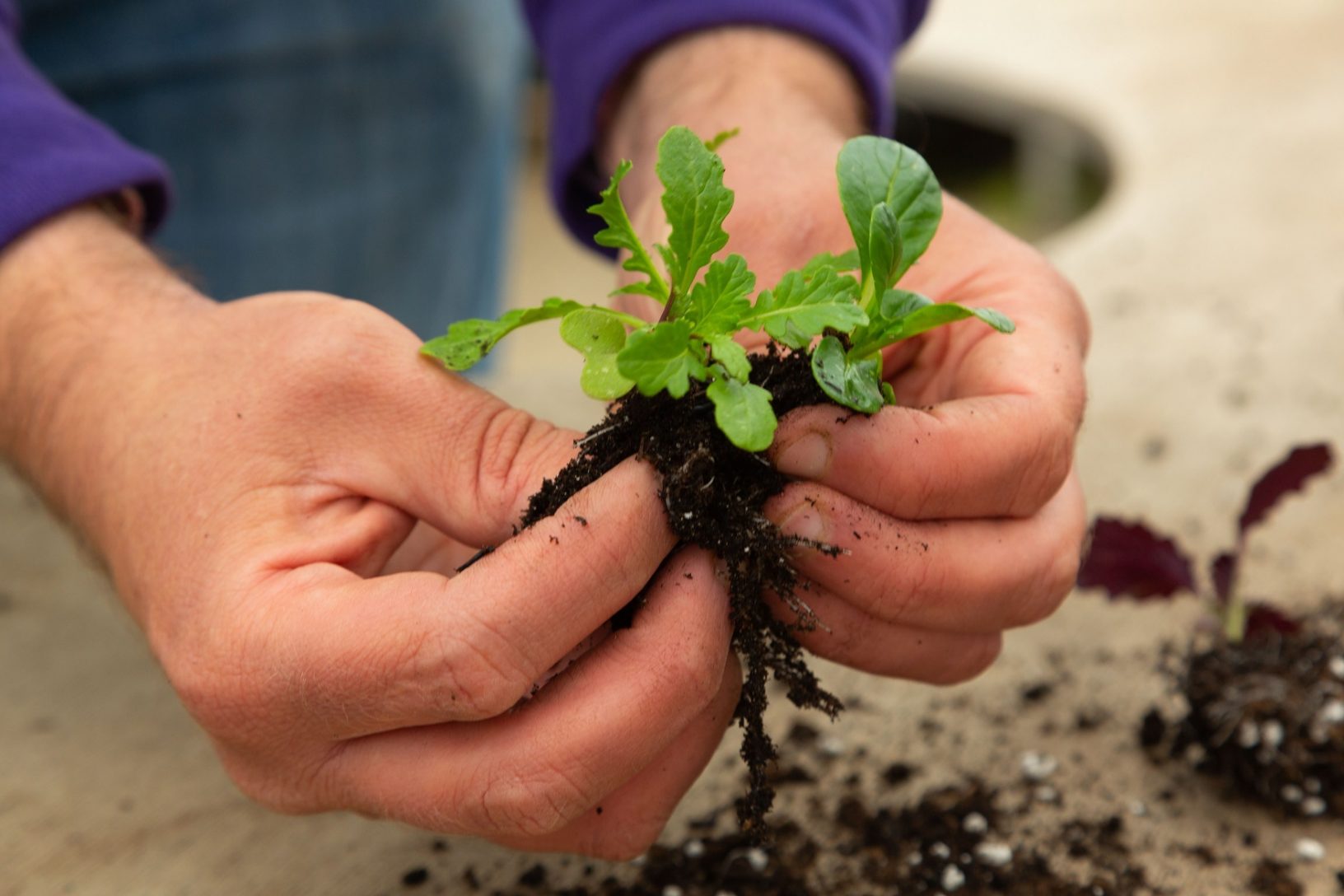Home>Gardening Techniques>Plant Care>How Much Sunlight For Seedlings


Plant Care
How Much Sunlight For Seedlings
Published: January 5, 2024
Learn the essential plant care tips for seedlings, including the optimal sunlight requirements for healthy growth. Discover how to provide the right amount of sunlight for your seedlings.
(Many of the links in this article redirect to a specific reviewed product. Your purchase of these products through affiliate links helps to generate commission for Chicagolandgardening.com, at no extra cost. Learn more)
Table of Contents
**
Introduction
**
When it comes to nurturing healthy and vibrant seedlings, providing the right amount of sunlight is crucial for their growth and development. Sunlight is a primary source of energy for plants, driving the process of photosynthesis that is essential for their survival. In this comprehensive guide, we will delve into the significance of sunlight for seedlings, the factors that influence their sunlight requirements, and how to determine the optimal amount of sunlight for their well-being. Additionally, we will explore valuable tips for ensuring that your seedlings receive the ideal sunlight exposure to thrive. Whether you are a novice gardener or a seasoned horticulture enthusiast, understanding the role of sunlight in nurturing seedlings is fundamental to fostering a flourishing garden.
Providing adequate sunlight for seedlings is akin to offering them a lifeline, as it fuels their growth and fortifies their resilience. As we embark on this enlightening journey, we will unravel the intricacies of sunlight's impact on seedlings and equip you with the knowledge and insights needed to cultivate robust and thriving plants. So, let's embark on this green-fingered expedition and uncover the secrets to harnessing the power of sunlight for your seedlings' prosperity.
Importance of Sunlight for Seedlings
Sunlight is a vital component in the life of a seedling, playing a pivotal role in its overall health and development. As seedlings emerge from their embryonic state and begin their journey towards becoming mature plants, they rely on sunlight to power the process of photosynthesis. This natural phenomenon enables them to convert light energy into chemical energy, which is essential for synthesizing the nutrients needed for growth. Through the absorption of sunlight, seedlings are able to produce glucose and oxygen, sustaining their metabolic processes and supporting their structural development.
Moreover, sunlight influences various physiological aspects of seedlings, including their ability to regulate water usage, withstand environmental stressors, and establish sturdy root systems. Exposure to sunlight stimulates the production of chlorophyll, the green pigment responsible for capturing light energy, which in turn enhances the seedlings’ capacity to thrive. Furthermore, sunlight exposure aids in the activation of essential plant hormones, such as auxins and cytokinins, which govern growth patterns and cellular differentiation. These hormonal responses are pivotal in shaping the structural integrity and resilience of seedlings as they mature into robust plants.
Additionally, sunlight serves as a natural disinfectant, helping to mitigate the risk of fungal diseases and pathogens that can pose a threat to seedlings. The ultraviolet (UV) component of sunlight possesses antimicrobial properties, acting as a shield against harmful microorganisms that could impede the growth of seedlings. Furthermore, exposure to sunlight promotes the development of sturdy stems and leaves, fortifying the seedlings against potential pest infestations and environmental pressures.
Understanding the profound impact of sunlight on seedlings underscores the significance of providing them with optimal exposure to this invaluable resource. By harnessing the power of sunlight, gardeners can nurture resilient and thriving seedlings that are poised to flourish in their natural environment.
Factors Affecting Sunlight Requirements
Several factors influence the sunlight requirements of seedlings, shaping their ability to harness this essential energy source for growth and vitality. Understanding these factors is crucial for tailoring the sunlight exposure to meet the specific needs of different plant species and ensuring their optimal development.
1. Plant Species: Each plant species possesses distinct sunlight requirements based on its evolutionary adaptation to specific light conditions. Some plants thrive in full sunlight, while others prefer partial or dappled shade. By researching the sunlight preferences of individual plant species, gardeners can align their cultivation practices with the unique needs of each type of seedling.
2. Growth Stage: The sunlight requirements of seedlings evolve as they progress through different growth stages. Young seedlings may necessitate gentler exposure to sunlight to prevent stress and sunburn, while mature seedlings may benefit from increased sunlight to fuel robust growth and flowering.
3. Environmental Factors: External elements such as climate, geographical location, and seasonal variations significantly impact the availability and intensity of sunlight. Seedlings cultivated in regions with prolonged periods of overcast weather may require supplementary light sources to compensate for reduced natural sunlight.
4. Soil Moisture and Nutrient Levels: The moisture content and nutrient composition of the soil influence a seedling’s ability to absorb and utilize sunlight. Optimal soil conditions facilitate efficient nutrient uptake, enabling seedlings to maximize the benefits of sunlight for their growth and metabolic processes.
5. Structural Obstructions: The presence of physical obstructions, such as buildings, trees, or structures, can cast shadows and obstruct sunlight, affecting the distribution and duration of light exposure for seedlings. Careful consideration of the surrounding environment is essential for mitigating potential shading effects and optimizing sunlight accessibility.
By comprehensively evaluating these factors, gardeners can tailor their approach to providing sunlight for seedlings, ensuring that each plant receives the requisite light exposure to thrive and flourish. Understanding the interplay of these factors empowers gardeners to make informed decisions that support the optimal growth and vitality of their seedlings.
Determining the Right Amount of Sunlight
Accurately gauging the appropriate amount of sunlight for seedlings is pivotal in fostering their healthy development and vitality. By employing various assessment methods and leveraging horticultural insights, gardeners can ascertain the optimal sunlight exposure for their seedlings, thus facilitating their flourishing growth.
1. Light Intensity: Measuring the intensity of sunlight is essential for evaluating its impact on seedlings. Tools such as light meters or smartphone apps equipped with light intensity measurement capabilities can provide valuable insights into the levels of sunlight reaching the seedlings. This information enables gardeners to adjust the positioning of their seedlings to optimize their exposure to suitable light intensity levels.
2. Duration of Sunlight: Monitoring the duration of sunlight received by seedlings is crucial for ensuring that they meet their specific sunlight requirements. Observing the duration and patterns of sunlight exposure throughout the day allows gardeners to identify potential fluctuations and make informed decisions regarding the placement and protection of their seedlings.
3. Leaf Response: The visual cues exhibited by the leaves of seedlings offer valuable indicators of their sunlight requirements. Observing the color, texture, and orientation of the leaves can provide insights into whether the seedlings are receiving adequate sunlight. Pale or yellowing leaves may signal insufficient light, while wilting or scorching could indicate excessive exposure.
4. Growth Patterns: Monitoring the growth patterns and overall vigor of seedlings serves as a reliable gauge of their response to sunlight. Healthy and robust growth, characterized by sturdy stems, vibrant foliage, and balanced development, indicates that the seedlings are receiving an optimal amount of sunlight suitable for their species and growth stage.
By integrating these assessment approaches, gardeners can effectively determine the right amount of sunlight for their seedlings, empowering them to make informed adjustments to optimize the light exposure and nurture the thriving growth of their plants. This proactive approach to evaluating sunlight requirements fosters an environment conducive to the flourishing development of seedlings, setting the stage for their successful transition into mature and resilient plants.
Tips for Providing Optimal Sunlight
Ensuring that seedlings receive optimal sunlight is essential for fostering their robust growth and overall well-being. By implementing the following tips, gardeners can create an environment that maximizes the benefits of sunlight for their seedlings, setting the stage for thriving and resilient plants.
1. Positioning: Strategically positioning seedlings in locations that receive the appropriate sunlight intensity and duration is crucial. For sun-loving seedlings, ensuring they receive direct sunlight for a significant portion of the day is essential, while shade-tolerant varieties benefit from dappled or filtered light to prevent sunscald.
2. Seasonal Adjustments: Recognizing the impact of seasonal variations on sunlight exposure is imperative. As the angle and intensity of sunlight shift with the changing seasons, periodically adjusting the positioning of seedlings to optimize their exposure ensures that they receive the requisite light levels for their growth and development.
3. Protective Measures: Shielding seedlings from excessive heat and intense sunlight during peak hours can prevent sunburn and dehydration. Utilizing shade cloth, row covers, or adjustable shading structures can help mitigate the potential adverse effects of extreme sunlight, safeguarding the delicate seedlings from stress and damage.
4. Rotational Care: Implementing a practice of rotating seedlings at regular intervals promotes uniform sunlight exposure and balanced growth. This approach prevents uneven development due to persistent one-sided sunlight exposure, fostering robust and symmetrical growth across all aspects of the seedlings.
5. Supplementary Lighting: In environments with limited natural sunlight, supplementing with artificial grow lights can augment the light exposure for seedlings. LED or fluorescent grow lights tailored to mimic natural sunlight can provide a reliable source of additional illumination, ensuring that seedlings receive consistent and adequate light for their development.
6. Monitoring and Adaptation: Regularly monitoring the response of seedlings to sunlight and making adaptations based on their growth patterns and leaf health is essential. This proactive approach enables gardeners to fine-tune the sunlight provision, addressing any deficiencies or excesses to optimize the conditions for the thriving growth of their seedlings.
By incorporating these tips into their horticultural practices, gardeners can create an environment that optimizes sunlight exposure for their seedlings, nurturing their vitality and resilience. This proactive approach to sunlight provision sets the stage for the flourishing development of seedlings, laying the groundwork for their successful transition into mature and thriving plants.
Conclusion
The role of sunlight in nurturing the growth and vitality of seedlings is undeniably profound, serving as a fundamental catalyst for their development into thriving plants. By comprehending the significance of sunlight and its multifaceted impact on seedlings, gardeners can orchestrate an environment that optimizes their exposure to this invaluable resource, fostering robust and resilient growth.
From influencing the process of photosynthesis and hormonal regulation to fortifying seedlings against environmental stressors and microbial threats, sunlight plays a pivotal role in shaping the health and vigor of emerging plants. By understanding the diverse factors that influence sunlight requirements and employing effective assessment methods, gardeners can tailor their approach to providing optimal sunlight for their seedlings, thus nurturing their prosperous growth.
Incorporating strategic positioning, seasonal adjustments, protective measures, and attentive monitoring empowers gardeners to create an environment that maximizes the benefits of sunlight for their seedlings, setting the stage for their successful transition into mature and flourishing plants. By embracing these insights and implementing proactive measures, gardeners can cultivate a thriving garden teeming with vibrant and resilient plants, all nurtured by the life-giving power of sunlight.
As we embark on this green-fingered journey, let us harness the transformative potential of sunlight to cultivate a bountiful tapestry of flourishing seedlings, each poised to bloom into a testament of nature’s enduring beauty and resilience. By embracing the art of sunlight provision, we embark on a horticultural odyssey that celebrates the vitality and exuberance of our green companions, enriching our lives and surroundings with the boundless wonders of nature’s nurturing embrace.

